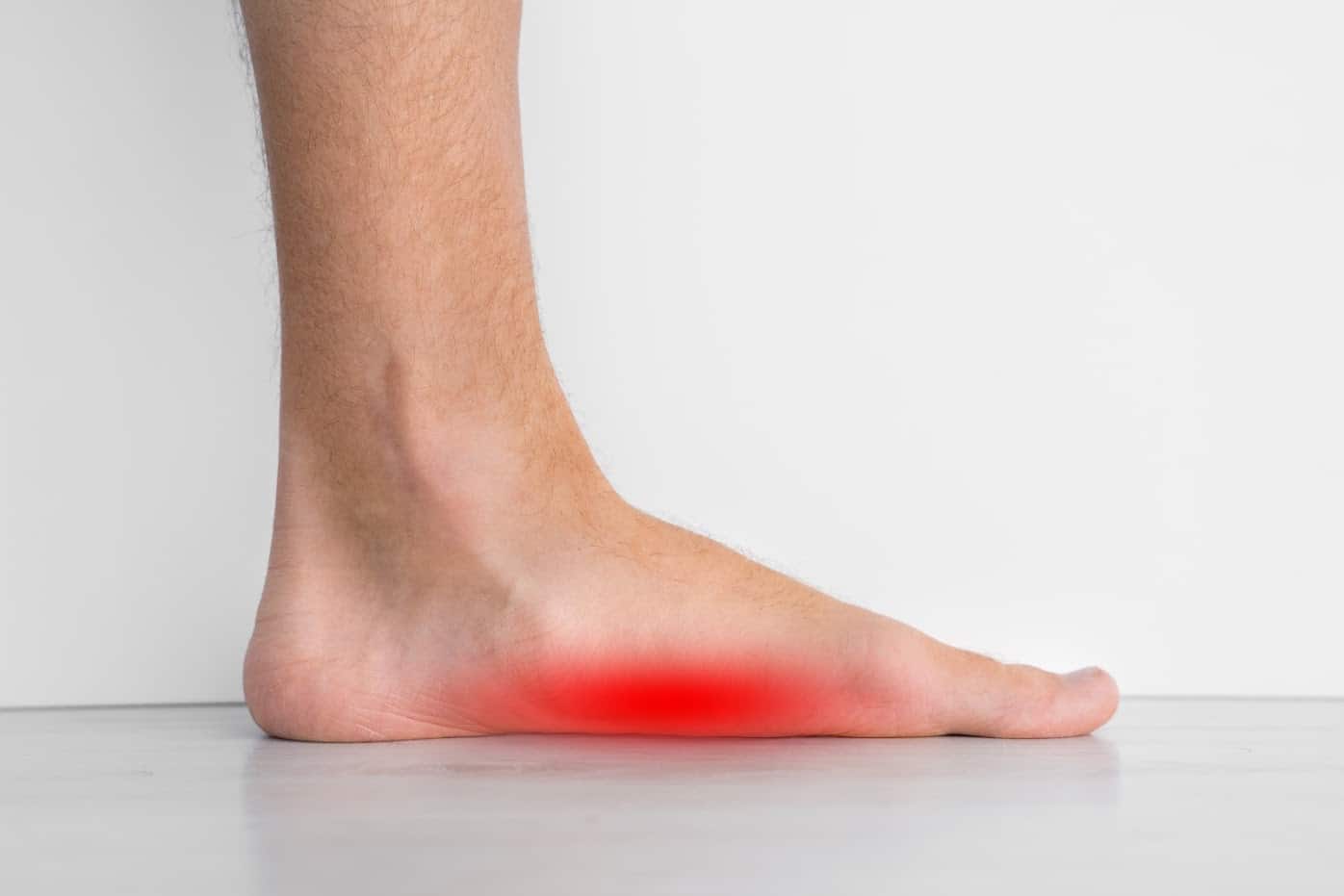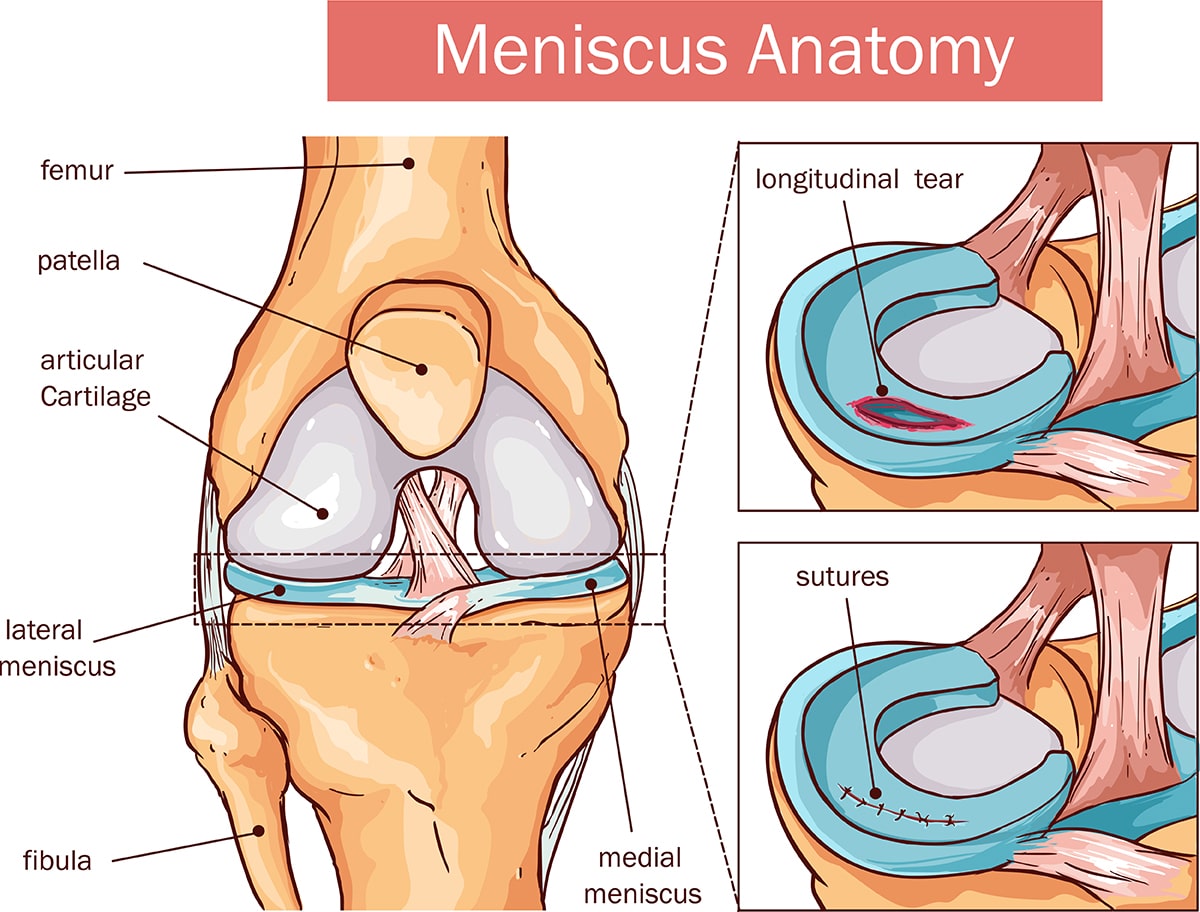Home>Finance>How Much Is The Lap Band Surgery Without Insurance?


Finance
How Much Is The Lap Band Surgery Without Insurance?
Published: November 18, 2023
Learn about the cost of Lap Band surgery without insurance and find out how to finance this weight loss procedure for affordable and effective results.
(Many of the links in this article redirect to a specific reviewed product. Your purchase of these products through affiliate links helps to generate commission for LiveWell, at no extra cost. Learn more)
Table of Contents
Introduction
Welcome to our comprehensive guide on the cost of Lap Band surgery without insurance. If you are considering Lap Band surgery as a weight loss solution and do not have insurance coverage, it is essential to understand the potential costs involved. Lap Band surgery is a popular procedure that helps individuals struggling with obesity to achieve significant weight loss.
Lap Band surgery, also known as the adjustable gastric band procedure, involves placing an adjustable band around the upper part of the stomach. This creates a small pouch, limiting the amount of food one can consume and promoting a feeling of fullness. This procedure is less invasive than traditional gastric bypass surgery and offers a reversible option for weight loss.
One of the key factors to consider when contemplating Lap Band surgery without insurance is the cost associated with the procedure. Without insurance coverage, the out-of-pocket expenses can be significant. However, it is important to note that the cost can vary depending on several factors, which we will explore in detail in the following sections.
It is crucial to have a clear understanding of the potential costs involved in Lap Band surgery to make an informed decision. While insurance coverage can significantly reduce the financial burden, this guide aims to provide insights into the average costs of Lap Band surgery for individuals without insurance.
In the next sections, we will delve into the factors that can affect the cost of Lap Band surgery without insurance. We will also explore the average cost range and discuss financing options that can help make the procedure more affordable. Lastly, we will touch upon alternative weight loss solutions to consider if Lap Band surgery is not feasible.
Understanding Lap Band Surgery
Lap Band surgery is a type of bariatric surgery that focuses on reducing the size of the stomach using an adjustable gastric band. This minimally invasive procedure aims to help individuals struggling with obesity achieve sustainable weight loss. Here’s a closer look at how Lap Band surgery works:
During the Lap Band surgery, a silicone band is placed around the upper part of the stomach, creating a small pouch. This restricts the amount of food that can be consumed, leading to a feeling of fullness with smaller portions. The band is adjustable and can be tightened or loosened as needed to control the restriction.
The adjustable nature of Lap Band surgery is one of its key advantages. It allows for customization according to the individual’s needs and weight loss progress. The procedure is reversible, as the band can be removed if necessary. This makes Lap Band surgery a popular choice for those who want flexibility in their weight loss journey.
Post-surgery, patients will require multiple follow-up visits with their healthcare provider to adjust the band and monitor progress. These adjustments are done by injecting or removing saline solution through a port connected to the band. By fine-tuning the band, patients can optimize their weight loss results.
Lap Band surgery is considered a less invasive option compared to other bariatric procedures such as gastric bypass surgery. The recovery time is usually shorter, and the risks associated with the surgery are generally lower. However, it is important to note that like any surgical procedure, there are potential risks and complications that should be discussed with your healthcare provider.
In addition to weight loss, Lap Band surgery has been shown to improve or resolve a variety of obesity-related health conditions such as type 2 diabetes, high blood pressure, and sleep apnea. This makes it a potentially life-changing procedure for individuals struggling with obesity and its associated health complications.
Now that we have a basic understanding of Lap Band surgery, let’s explore the factors that can influence the cost of the procedure without insurance coverage.
Factors Affecting the Cost of Lap Band Surgery Without Insurance
When considering the cost of Lap Band surgery without insurance, it’s important to understand the various factors that can impact the overall expenses. The following are key factors to consider:
- Surgeon’s Experience and Reputation: The expertise and reputation of the surgeon performing the Lap Band surgery can influence the cost. Highly experienced and reputable surgeons may charge higher fees due to their expertise and success rates.
- Location: The geographical location of the surgical facility can impact the cost of Lap Band surgery. Generally, urban areas and regions with a higher cost of living tend to have higher medical costs.
- Hospital or Surgical Facility Charges: The fees associated with the hospital or surgical facility where the Lap Band surgery is performed can add significant costs. This includes charges for anesthesia, operating room use, and post-operative care.
- Pre-operative Evaluations and Tests: Before undergoing Lap Band surgery, patients typically require various pre-operative evaluations and tests. These can include lab work, imaging tests, consultations with specialists, and psychological assessments. The cost of these evaluations can vary depending on the healthcare provider and location.
- Follow-up Care and Adjustments: Post-surgery, patients require regular follow-up visits for band adjustments. These appointments are essential for optimizing weight loss progress and ensuring the band is properly adjusted. The frequency and cost of these visits can vary depending on the healthcare provider’s policies.
- Medication and Supplements: While not directly related to the surgery cost, patients may need to take medications, supplements, or vitamins after Lap Band surgery. These additional costs should be taken into consideration when estimating the overall expenses.
- Complications and Revision Surgeries: Although Lap Band surgery is generally safe, there is a risk of complications or the need for revision surgeries. If complications arise, additional medical care and procedures may be required, resulting in increased costs.
It’s important to note that these factors can vary significantly, and the cost of Lap Band surgery without insurance can vary accordingly. It is advisable to consult with multiple healthcare providers and obtain detailed quotes to better understand the potential expenses.
Average Cost of Lap Band Surgery Without Insurance
The cost of Lap Band surgery without insurance can vary depending on several factors, as discussed in the previous section. It’s important to note that these figures are averages and can vary significantly based on individual circumstances and geographic location.
On average, the cost of Lap Band surgery without insurance can range from $14,000 to $30,000 USD. This includes surgeon’s fees, hospital or surgical facility charges, pre-operative evaluations, follow-up care, and adjustments. However, it’s crucial to keep in mind that this is only an estimate, and the actual cost may be higher or lower.
The surgeon’s fees for Lap Band surgery can typically range from $8,000 to $15,000 USD. This may include the surgical procedure itself, pre-operative consultations, post-operative care, and follow-up visits. The surgeon’s fees can vary based on their experience, reputation, and location.
In addition to the surgeon’s fees, the cost of the hospital or surgical facility can range from $5,000 to $10,000 USD. This includes charges for the operating room, anesthesia, nursing care, and overnight stay, if required. The exact cost can depend on the specific facility, its location, and the length of the hospital stay.
Pre-operative evaluations and tests can usually range from $1,000 to $2,000 USD. These evaluations include blood tests, imaging studies, consultations with specialists, and psychological assessments to ensure the patient is a suitable candidate for the surgery.
Follow-up care and adjustments after Lap Band surgery can range from $500 to $1,500 USD. These ongoing expenses include the cost of follow-up appointments, band adjustments, and any necessary tests or consultations needed to monitor progress and optimize weight loss.
It’s important to note that the estimated cost mentioned above does not include potential complications, revision surgeries, or additional medication/supplement costs. These factors can significantly impact the overall expenses.
While these figures provide a general idea of the cost of Lap Band surgery without insurance, it’s essential to consult with healthcare providers and obtain detailed quotes based on your specific circumstances. Financing options are available for individuals without insurance coverage, which we will discuss in the next section.
Financing Options for Lap Band Surgery
For individuals without insurance coverage, the cost of Lap Band surgery may seem financially daunting. However, there are several financing options available that can make the procedure more affordable. Here are some financing options to consider:
- Medical Loans: Many financial institutions provide medical loans specifically designed to cover the cost of elective surgeries. These loans often offer flexible repayment terms and competitive interest rates. Research different lenders to find the best loan option that suits your needs.
- Healthcare Credit Cards: Healthcare credit cards, such as CareCredit or Prosper Healthcare Lending, can be used to finance medical procedures, including Lap Band surgery. These cards usually offer promotional financing options with low or no interest rates for a designated period. Review the terms and conditions carefully before applying.
- Payment Plans: Some healthcare providers may offer payment plans to help patients manage the cost of Lap Band surgery. These plans involve spreading the cost of the procedure over a specified period, making it more affordable by breaking it down into smaller monthly payments.
- Health Savings Accounts (HSAs) or Flexible Spending Accounts (FSAs): If you have an HSA or FSA, you can use the funds allocated to cover the cost of Lap Band surgery. Consult with your employer or financial institution to understand the eligibility criteria and the process for accessing these funds.
- Personal Savings: Saving up for your Lap Band surgery can be a financially responsible option. Create a budget and set aside a designated amount each month to accumulate the necessary funds. This method allows you to undergo the procedure without incurring any debt or interest charges.
It’s crucial to carefully consider the terms and conditions of any financing option you choose. Evaluate interest rates, repayment terms, and any additional fees associated with the financing. Create a comprehensive financial plan that fits your budget and allows you to comfortably manage the costs.
In addition to these financing options, it’s worth exploring if your healthcare provider offers any financial assistance or discounts for self-pay patients. Some providers may have programs or scholarships that can help reduce the overall cost of the surgery.
Remember to discuss your financial situation openly with your healthcare provider. They may be able to provide suggestions or refer you to resources that can help make Lap Band surgery more affordable.
In the next section, we will explore alternatives to Lap Band surgery for weight loss.
Alternatives to Lap Band Surgery
Lap Band surgery is just one option among several weight loss solutions available. It’s essential to explore alternatives if Lap Band surgery is not feasible or if you prefer to try non-surgical methods. Here are some alternatives to consider:
1. Gastric Bypass Surgery: Gastric bypass surgery is another type of bariatric surgery that involves creating a small stomach pouch and rerouting the digestive system. This procedure can lead to significant weight loss and may be recommended for individuals with a higher body mass index (BMI) or those with specific obesity-related health conditions.
2. Gastric Sleeve Surgery: Gastric sleeve surgery, also known as sleeve gastrectomy, involves removing a portion of the stomach and reshaping it into a smaller sleeve-like structure. Like Lap Band surgery, this procedure restricts the amount of food one can consume. It is a irreversible weight loss surgery that can lead to substantial weight loss.
3. Medical Weight Loss Programs: Medical weight loss programs typically involve a combination of dietary changes, exercise plans, behavioral therapy, and, in some cases, prescription medications to facilitate weight loss. These programs are supervised by healthcare professionals who design personalized plans to meet individual needs.
4. Dietary and Exercise Modifications: Making lifestyle changes, such as adopting a balanced and nutritious diet and engaging in regular physical activity, can be effective in achieving weight loss. Working with a nutritionist or a personal trainer can provide guidance and support in implementing these changes.
5. Pharmacotherapy: Prescription medications approved for weight loss can be an option for individuals struggling with obesity. These medications work by suppressing appetite, increasing satiety, or reducing the absorption of fat. It is important to consult with a healthcare provider to determine if pharmacotherapy is suitable and safe for you.
6. Behavioral Therapy and Counseling: Addressing the psychological and emotional aspects of weight loss through therapy and counseling can be beneficial. These approaches help individuals develop healthier habits, manage stress, and address any underlying emotional factors contributing to weight gain.
7. Natural Supplements and Herbal Remedies: Some individuals explore natural supplements and herbal remedies as a weight loss alternative. However, it’s essential to exercise caution and consult with healthcare professionals before incorporating any supplements into your weight loss regimen.
When considering alternatives to Lap Band surgery, it’s important to consult with healthcare professionals who specialize in weight management. They can assess your individual circumstances, discuss the potential benefits and risks of each option, and help you make an informed decision about the most suitable path for your weight loss journey.
In the next section, we will conclude our guide with a summary of the key points discussed.
Conclusion
In conclusion, the cost of Lap Band surgery without insurance can vary depending on several factors, including the surgeon’s experience, location, hospital or surgical facility charges, pre-operative evaluations, follow-up care, and adjustments. On average, the cost of Lap Band surgery without insurance ranges from $14,000 to $30,000 USD.
Fortunately, there are financing options available that can help make Lap Band surgery more accessible to individuals without insurance coverage. Medical loans, healthcare credit cards, payment plans, and utilizing personal savings or health savings accounts can provide the necessary financial support.
It’s crucial to thoroughly research and obtain detailed quotes from healthcare providers to understand the specific costs involved in the procedure and explore any financial assistance programs they may offer. Openly discussing your financial situation with your healthcare provider can also lead to potential discounts or financial arrangements.
Additionally, it is worth considering alternative weight loss solutions if Lap Band surgery is not feasible or preferred. Options like gastric bypass surgery, gastric sleeve surgery, medical weight loss programs, dietary and exercise modifications, pharmacotherapy, behavioral therapy, and natural supplements may offer viable alternatives.
Ultimately, the decision to undergo Lap Band surgery or pursue alternative weight loss methods should be based on careful consideration, consultation with healthcare professionals, and a thorough understanding of your individual needs and circumstances.
Remember, weight loss is a personal journey, and it is important to prioritize your long-term health and well-being. With the proper guidance and support, you can find the best path to achieving sustainable weight loss and improving your overall quality of life.
We hope that this comprehensive guide on the cost of Lap Band surgery without insurance has provided you with valuable insights and information to make informed decisions about your weight loss journey. Remember to consult with healthcare professionals to explore the best options for your specific situation.














